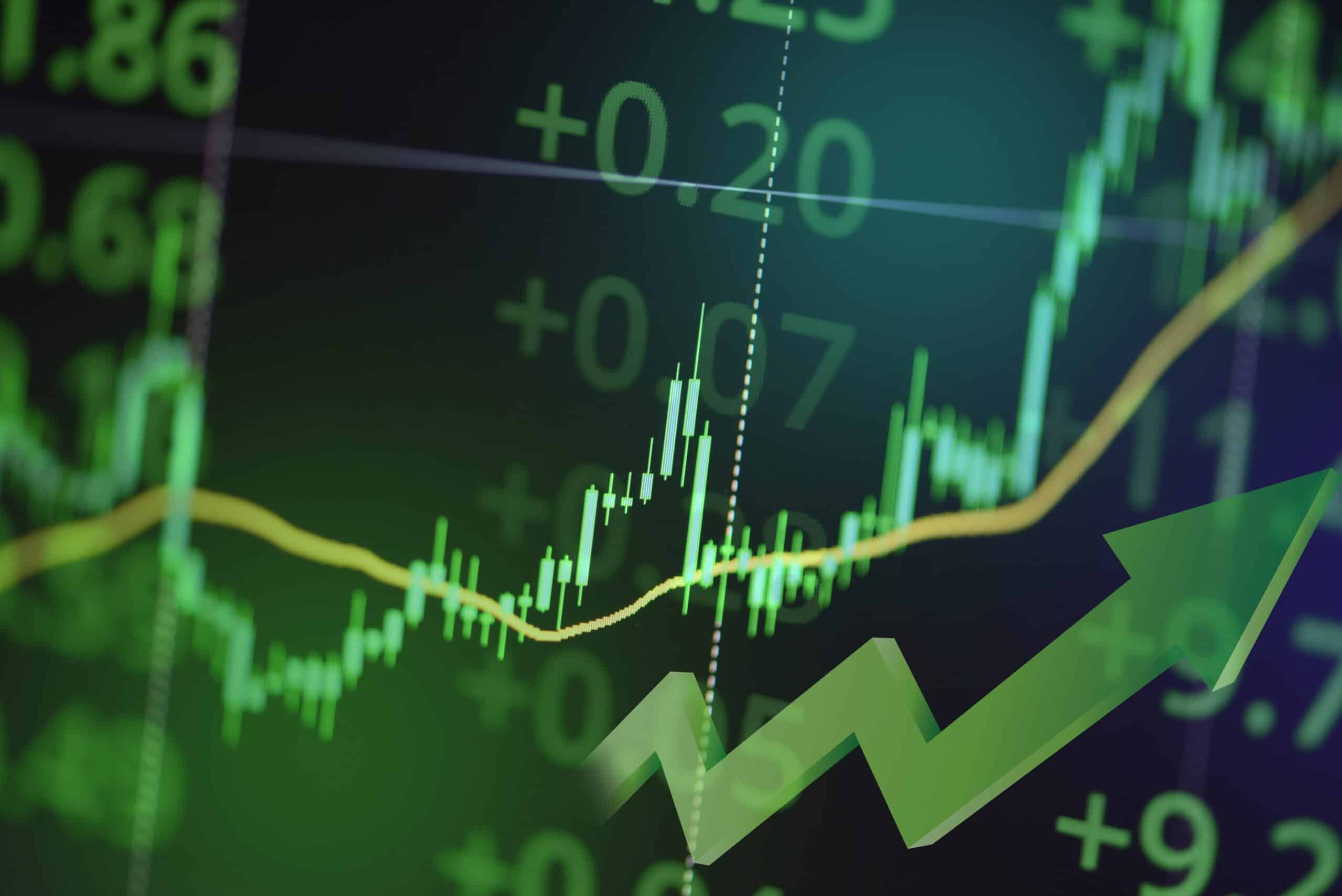The Bureau of Labor Statistics (BLS) Consumer Price Index (CPI), a measure of average consumer prices, rose 0.5% in January, higher than analyst predictions of 0.3%. The CPI increase was 3.0% year over year, also greater than the 2.9% year over year CPI increase in December.
Core CPI, a measure of the change in goods and services prices less food and energy, was two points higher than the month prior at 0.4%, versus 0.3% expectations and 0.2% in December. Core CPI year over year rose slightly to 3.3%, compared to analysts forecasts of 3.1% and 3.2% in December.
Read More: Trump’s Crypto Project Bought MOVE Tokens as DOGE News Leaked
CPI Up, Bitcoin Down
Immediately after the release at 8:30 this morning, bitcoin’s price dropped by almost 2% from $96,600 just above $94,000. Bitcoin’s response to inflation numbers weakens the argument that it’s an inflation hedge, explained Steve Sosnick, Chief Strategist at Interactive Brokers. “Bitcoin, for all the talk of it being digital gold, still acts much more like a risk asset than a decorrelating hedged asset,” he explained.
A contributing factor to the quick drop this morning was growing concern in the investment community about the future of inflation with President Trump threatening to levy 25% tariffs on major trading partners like Mexico and Canada and placing a 25% tariff on all steel and aluminum imports worldwide. The Trump administration also implemented tariffs of 10 to 15% on Chinese goods Monday.
But tariffs don’t necessarily create long-term inflation, says Sosnick, who in explaining the recovery also pointed out the market reaction is at present mostly in response to tariff threats rather than tariffs themselves. The effect of tariffs on CPI, he said, may not be seen for several months.
Bitcoin recovered above $97,000 by the end of the day. Broad equity indexes like the S&P 500 and Nasdaq 100 also ended the day up about 1%. “What we’re seeing from a lot of our customers is pretty much an incessant desire for tech and an extraordinary willingness to buy dips in the market overall and buy dips in technology more specifically,” says Sosnick.
Bitcoin Searches For A New Tailwind
Bitcoin and the crypto economy has also had a sluggish start to the year after a blistering 2024 when the asset rose 119%. So far this year it is only up 2.58% despite a flurry of activity from the White House like the appointment of venture capitalist David Sacks as a crypto czar, release of an Executive Order laying out the administration’s plan for crypto, and various proposals to create a strategic bitcoin reserve.

Read More: DeepSeek’s Rise Causes Crypto AI Tokens to Fall Harder than TradFi Stocks
All Eyes On March
This reading will place added pressure on the rate-setting Federal Reserve’s Open Market Committee (FOMC) during its next meeting, scheduled for March 19th-20th. After raising interest rates by a full percentage point at the end of 2024 on the back of a healthy economy and declining inflation, it held steady during its first meeting in January. According to the CME’s Fedwatch tool, 97.5% of traders are expecting the Fed to hold rates steady.
Recent economic data, combined with Powell’s tepid commentary in a hearing Wednesday before the House Financial Services Committee, also leads Sosnick to believe that Powell would not be changing interest rates in March. “I don’t think he’s going to move, particularly toward raising rates, until or unless the data sort of screams at him to do so,” he said.
UPDATE: February 12th, 2025 at 4:00pm ET: This story was updated with the afternoon price data and Sosnick’s comments.



